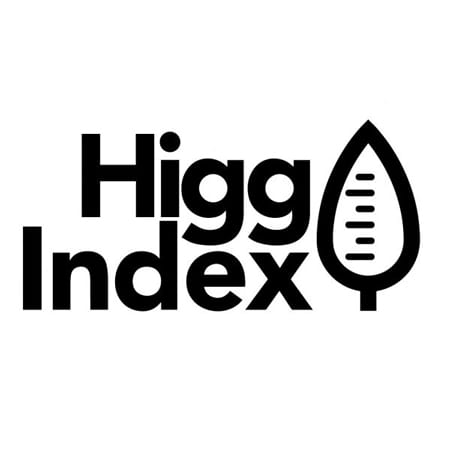Paolita’s Swimwear fabrics are obtained from regenerated raw materials created through reusing waste materials that are unusable in any other way and would otherwise be disposed of as external waste. They are regenerated via a mechanical process that doesn’t involve any chemical material and that limits the CO2 emission and the consumption of water.
Sustainability In The New Collection
We talk you through what it means for us to be sustainable in 2021 and our pledge to continue to innovate and create our products in a way that is kind to you and our planet.
The fabrics used, meet three Environmental Certifications:

Global Recycled Standard
An international, voluntary, full product standard that sets requirements for third-party certification of Recycled Content, chain of custody, social and environmental practices, and chemical restrictions. Its goal is to increase use of Recycled materials in products and reduce/eliminate the harm caused by its production.
The GRS uses the ISO 14021 definition of Recycled Content with interpretations based on the US Federal Trade Commission Green Guides; the intention is to comply with the most widely recognised and stringent definition.

EU Ecolabel
EU ECOLABEL(EC Regulation n. 66/2010) – a trademark of the European Union certifying environmental quality and indicating the products with the best ecological performance.
This makes it easier for the consumer to choose a high-quality product while contributing to keeping the ecosystem intact. The green tag certifies that the product or service has a low impact on the environment throughout its entire lifespan.

Higg Index
The HIGG INDEX– developed by the SAC (Sustainable Apparel Coalition) which includes many of the most illustrious names in the international garment industry, the idea behind the HIGG INDEX is to create a unique instrument available to all operators in the supply chain, enabling them to assess the environmental impact of a garment’s entire life cycle.
It is a significant step forward towards transparency in the textile sector, and a powerful support for all companies in the value chain as it provides them with a method of comparing different materials so they can make knowledgeable, more sustainable choices.
Whilst we have adopted these new innovations, marking a step towards further sustainable product developments, we fully commit ourselves to achieving new sustainable goals year on year and hope to set an example within the fashion industry.

